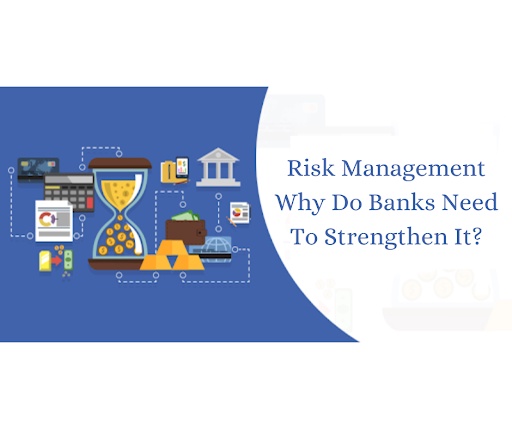The GDP of the Indian economy is predicted to touch US $26 Trillion by 2047. Primed to succeed on the backs of the banking sector, India's fintech industry is definitely driving the charge. Moreover, with the support of monetary and fiscal measures, there isn't an iota of doubt that this target will be achieved in the coming decades.
Financial institutions, including banks and NBFC companies, need to employ a measured approach. Among the noteworthy fintech leaders advising banks to strengthen their risk management approach is Sanjiv Bajaj, Chairman, and Managing Director of Bajaj Finserv.
According to the eminent finance leader, the RBI has played a pivotal role and continues to do so. "The Reserve Bank of India's rigorous supervision and monitoring is helping keep Indian banks healthy," remarks Sanjiv Bajaj. However, to sustain the growth of the Indian economy, more can and should be done.
Banks serve as vital financial intermediaries, so upgrading their internal risk management systems to remain robust and resilient is crucial. But why should financial behemoths prepare for new-age risks? Read on to find out.
How Inevitable is Risk Management for Banks?
Despite the RBI being the ever-watchful regulator, banks and other financial institutions must focus on risk management. Fintech leaders like Sanjiv Bajaj believe that organisations need to be proactive in this arena.
He says, "It is the responsibility of financial institutions to develop a strong mechanism not to fall victim to meltdowns. Listed companies need to be more careful. They should also have a strong functioning and consolidate it with time."
This is vital for entities in the financial sphere, especially banking, as they need to stand the test of time. However, banks are exposed to many risks, and risk management isn't just "good to have".
In a nutshell, risk management works to:
- Analyse and identify potential risks causing a threat to the institution
- Minimise the harmful aftereffects of such unforeseen events
- Mitigate breaches
- Reduce loss and eliminate harm
With the risk management landscape being volatile and complex, a strategic risk management approach streamlines processes. It aids in managing the deluge of data handled by these financial institutions and prioritises efficiently.
How do Banks Currently Categorise Risks?
With increasing uncertainties looming around, banks and NBFC companies need to rethink their risk management approach. The first step is to analyse the risk types they have to combat. Here are a few risks banks mostly grapple with in this era of digital technology.
While predominant include credit risk, market risk, foreign exchange risk, etc., digitization has definitely added to the chances of operational risks. This includes risk incurred by banks due to a gap in the processes or policies of the institution. Here, service interruption is a classic example.
Market risk is another category, entailing losses of a bank's assets due to fluctuations in market prices. This pertains to liquidity risk, interest rate risk, and foreign exchange risk. When banks face the threat of credit risks, financial losses are massive and hard to recover from without proper protocols.
Ascertaining the significance of risk management in banks, RBI Governor Shaktikanta Das cites the criticality of regulation and supervision in the banking sector. He further emphasises that the recent debacle of the US banking sector has brought to the fore the need for preserving financial stability in every country.
Implications of New-Age Risk Analysis Processes
According to Sanjiv Bajaj, data plays a critical factor in aiding businesses to make the right decision. Again, deploying the right risk management tools can enable banks to monitor and assess various risk levels.
To assess these risks, approach the problem with a standardised risk management process, which, briefly summed up, is:
- Identification of a particular risk type
- Analysis of the risk
- Evaluating or ranking the risk
- Risk redressal measures
- Reviewal and monitoring of the risk
Risk rating models are implemented based on a few essential factors as inputs. While many are legacy processes, cloud computing, big data, and AI & ML combine to supercharge the system.
As such, new-age processes are more reliable, provide better resilience, improve predictability, and reduce redundancies to promote cost efficiency. The last implication is particularly worth noting, as it means more financial entities can prioritise risk management without cowering behind the excuse of high costs to get such systems rolling.
While the RBI plays its part, company leaders must prioritise risk management over all else. It is the key to staying competitive, as unmanaged risks can spell economic disaster. Moreover, as touchpoints increase and more people get added to the financial fold, only those with proper risk management protocols will stand the test of time.


No comments yet